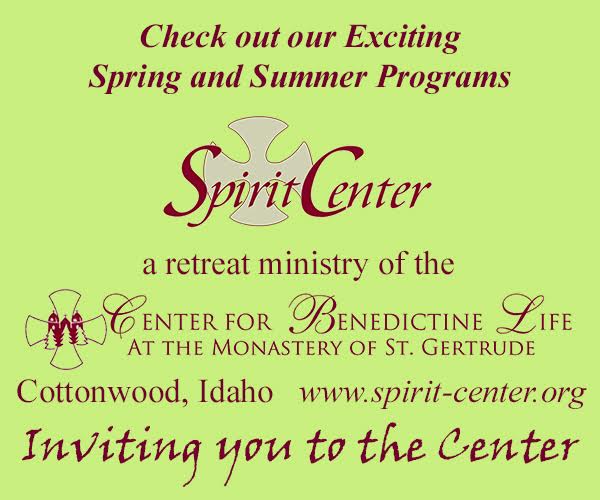Is there a spiritual dimension to beauty?
Commentary by Walter Hesford | FāVS News
In a June backyard interfaith discussion, we were trying to decide what topic to take on next when our attention was caught by freshly popped orange-red poppies. “I see God in such a beautiful display,” said one in our group. So we decided to focus on beauty during our next session.
Afterward, another member of our group who says he doesn’t have a religious bone in his body confessed that, along with us, he had been communing with the beauty of the poppies until God was conjured up. Then, he says, he felt cut off, excluded, excommunicated.
Should we see beauty as spiritual? Or should we just celebrate it for itself?
There are many testimonies to beauty as a spiritual phenomenon. In “Beauty and Spirituality,” a 2009 on-line article, Christine Valters Peter proposes that “Every person has an aching need for beauty; in beauty we discover the face of God.” She cites Gerald Manly Hopkins’s magnificent sonnet, “God’s Grandeur.”
“The world is charged with the grandeur of God,” it declares.
In spite of our trampling nature down, continues Hopkins, “Nature is never spent; there lives the dearest freshness deep down things.” Hopkins credits the Holy Ghost with this freshness, this beauty.
Sensing the presence of God in beauty
One can find similar proclamations among many Romantic poems and Christian hymns. These all speak to me. I have sensed the presence of God in the beauty of the deep forest and of my humble backyard.
Christians, of course, don’t have a monopoly of treasuring beauty for religious reasons. If that were not the case, we would not have, for example, such beautiful mosques, inscribed with elegant Arabic and arabesque designs. And consider traditional Chinese paintings that draw on Daoism and Buddhism to render the beauty of mountain-river landscapes infused with enlightening emptiness.
The most powerful religious celebrations of beauty I know of comes in the Navajo Night Chant (available online in English). This is sung during a nine-day healing ceremony. The affirmation that we are surrounded by beauty is essential to the healing of the one who is ill and to the welfare of the tribe as a whole.
This affirmation occurs several times during the chant, in dynamic and beautiful passages, helping restore the one who has been ill or alienated to wholeness. At the close, she or he is ready to walk forth:
“In beauty I walk.
With beauty before me, I walk.
With beauty above and about me, I walk.
It is finished in beauty.
It is finished in beauty.”
Even for a cultural outsider like me, this celebration of beauty is a religious experience, reminding me of what is essential to life, making immanent the transcendent. Yet I can appreciate the perspective of those who experience the beauty of the world not as religious, but simply for itself.
Beauty and truth linked
Henry David Thoreau, though an avowed Transcendentalist, rooted himself in the phenomenal beauty that unfolded daily and diurnally, devoting himself to this rather than to any organized religion. For him and others like him, to turn to religion as a source of beauty does a disservice to the natural beauty of the world.
There is surely also beauty in the patterns explored by science, and, I am told, by mathematical formula. A mathematical friend says that a sign of the truth of a formula may be that it is elegant, beautiful. Beauty and truth have long been linked. To call something true is to say that is balanced, fit, firm and trustworthy. Works of art have these qualities as well — there’s something just right about what we find aesthetically pleasing.
I myself am prone to indulge in aesthetic pleasure. I can sit for hours dazed by the beauty of a landscape or an abstract painting. There is a danger, of course, that this may keep me from caring for those who deserve my attention within my community and in the world. So I need my beautiful bubble to burst from time to time. Thankfully my wife and my church have ways of bringing me down to reality.
Those freshly-popped poppies that gave birth to this column have long since passed. The realization that all earthly beauty is transient is also bubble bursting. But truth be told, I’m now entranced by the bright pink hollyhock on the side our driveway.
The views expressed in this opinion column are those of the author and do not necessarily reflect the views of FāVS News. FāVS News values diverse perspectives and thoughtful analysis on matters of faith and spirituality.






